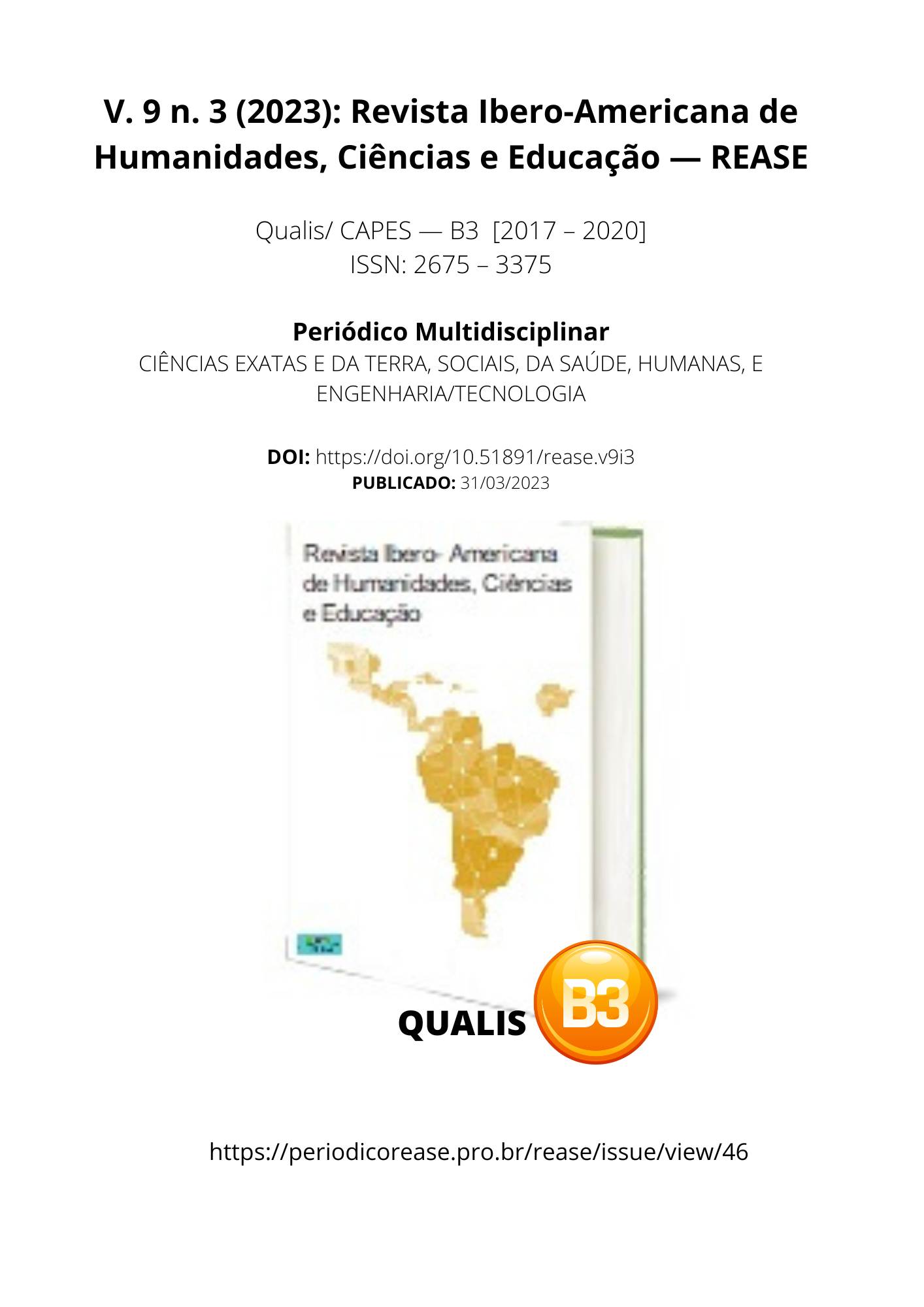ANALYSIS OF THE PREVALENCE OF OBSTETRIC VIOLENCE IN THE PUBLIC HEALTH NETWORK OF A CITY IN THE INTERIOR OF PARANÁ
DOI:
https://doi.org/10.51891/rease.v9i3.8754Keywords:
Puerperium. Obstetric violence. Abuse.Abstract
This article sought to highlight the prevalence of obstetric violence during deliveries thar occurred in public health hospitals in the city of Cascavel, in the state of Paraná, in order to understand the naturalization of violence in labor. Obstetric violence is considered any physical and/or psychological aggression that the woman has suffered at any time during labor and puerperium. Having pregnancy and childbirth as fundamental moments and unique experiences in woman’s life, obstetric violence fits as a form of loss of autonomy and women’s rights, so that women suffer from disrespect and suffering in the face of a moment of fragility and need for follow-up and support. As a methodology, it is a descriptive, cross-sectional study, with the application of questionnaires. The results found confirm a higher prevalence of obstetric violence in black women, with a lower level of education and who are single, which is evidenced and present in its most varied spectrums of severity.
Downloads
Downloads
Published
How to Cite
Issue
Section
Categories
License
Atribuição CC BY

